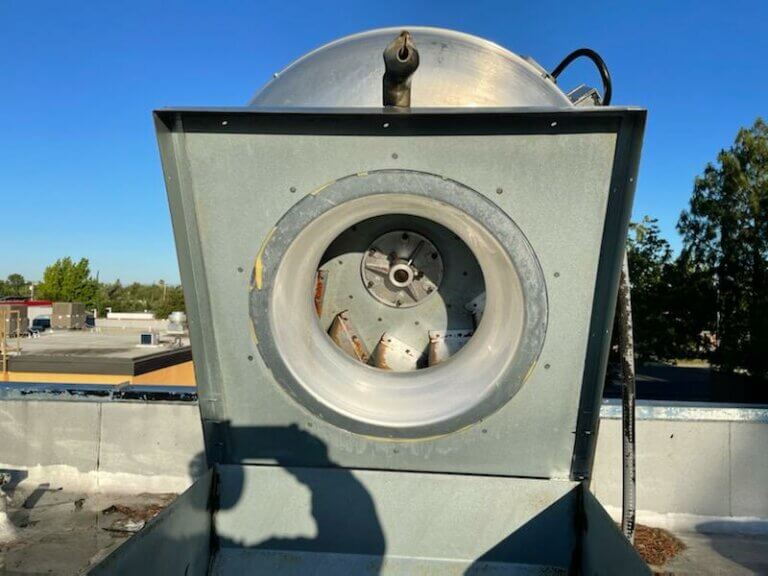Essential Guide for Proper Hood Cleaning: Train Your Team Efficiently
Why Proper Hood Cleaning Training is Crucial
The significance of proper hood cleaning cannot be overstated, especially in bustling commercial kitchens in areas like Los Angeles and Santa Monica. As a restaurant owner or manager, it’s essential to ensure that your team is well-versed in hood cleaning procedures. Not only does this maintain a safe and hygienic environment, but it also helps in adhering to health and safety regulations. Ignoring restaurant hood cleaning can lead to severe consequences, including fire hazards and hefty fines.
The Basics of Hood Cleaning
Commercial kitchen hood cleaning involves the removal of grease, grime, and other contaminants from the exhaust system. This system includes hoods, filters, ducts, and exhaust fans. Efficient exhaust hood cleaning is essential to maintain a clean and safe kitchen environment.
Employees should be aware of several key procedures and best practices to carry out effective cleaning:
- Regular Inspection: Routine checks should be conducted to identify areas that need immediate attention.
- Use of Proper Cleaning Agents: The choice of cleaning agents is vital. Chemicals that are specifically designed for hood cleaning make the process more efficient.
- Safety Measures: Employees must wear appropriate safety gear such as gloves and masks to protect themselves from harmful chemicals and greasy build-up.
- Adherence to Guidelines: Following manufacturer guidelines and local health codes ensures that the cleaning process is both effective and compliant.
Training Components
A comprehensive training program for restaurant hood cleaning should cover various aspects, including the following:
Theoretical Knowledge
Employees should understand the mechanics of the ventilation system and how it contributes to the overall safety and efficiency of the kitchen. Knowledge about different types of contaminants and their implications is crucial.
Practical Skills
Hands-on training sessions where employees clean hoods under supervision are invaluable. This helps them gain practical experience and understand the nuances of different equipment and cleaning agents.
Safety Precautions
Emphasizing the importance of safety measures, such as wearing protective gear and proper handling of chemicals, ensures that employees stay safe while doing their job.
Tools and Equipment
Using the right tools and equipment is pivotal to an effective commercial kitchen hood cleaning routine. These include:
- Scrapers: For manually removing tough grease deposits.
- High-Pressure Washers: These are useful for deep cleaning.
- Specialized Cleaning Chemicals: Designed to break down grease efficiently.
- Personal Protective Equipment (PPE): Such as gloves, masks, and safety goggles.
Local Regulations and Compliance
In areas like Orange County and Los Angeles, there are stringent regulations governing exhaust hood cleaning. Regular cleaning and maintenance schedules must be adhered to, helping avoid fire hazards and ensuring compliance with local health department codes. Not following these guidelines can result in penalties, business closures, or worse, life-threatening fire incidents.
Outsourcing vs. In-House Training
Another important decision is whether to train employees in-house or outsource to professional hood cleaning services. Both options have pros and cons:
- In-House Training:
- Pros: Cost-effective in the long run, team familiarity with the kitchen layout, immediate attention to issues.
- Cons: Initial investment in training and equipment, potential gaps in expertise.
- Outsourcing:
- Pros: Professional expertise, no need for investment in cleaning equipment, thorough and regular cleaning schedules.
- Cons: Recurring costs, less control over scheduling, reliance on external personnel.
Case Studies: Successful Hood Cleaning Training
Businesses in Santa Monica and Los Angeles have reported remarkable improvements in kitchen safety and hygiene after implementing rigorous hood cleaning training programs.
For instance, a popular restaurant in Orange County saw a significant reduction in grease-related fire incidents after its staff underwent specialized training. Another chain in Los Angeles managed to comply with local health regulations more efficiently, leading to fewer disruptions and better customer satisfaction.
Conclusion
Training employees in proper hood cleaning procedures is an essential aspect of maintaining a safe and efficient commercial kitchen. Whether you operate in Los Angeles, Santa Monica, or Orange County, investing in quality training pays off in the long run by reducing risks, ensuring compliance, and promoting a cleaner, safer workplace.
For more information on professional services, visit hood cleaning.







